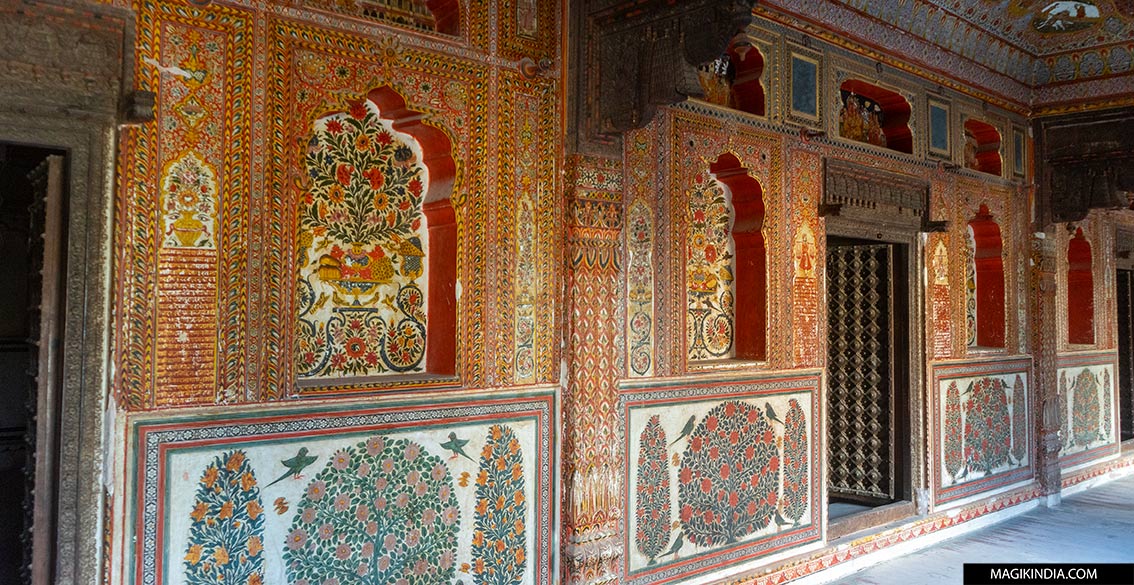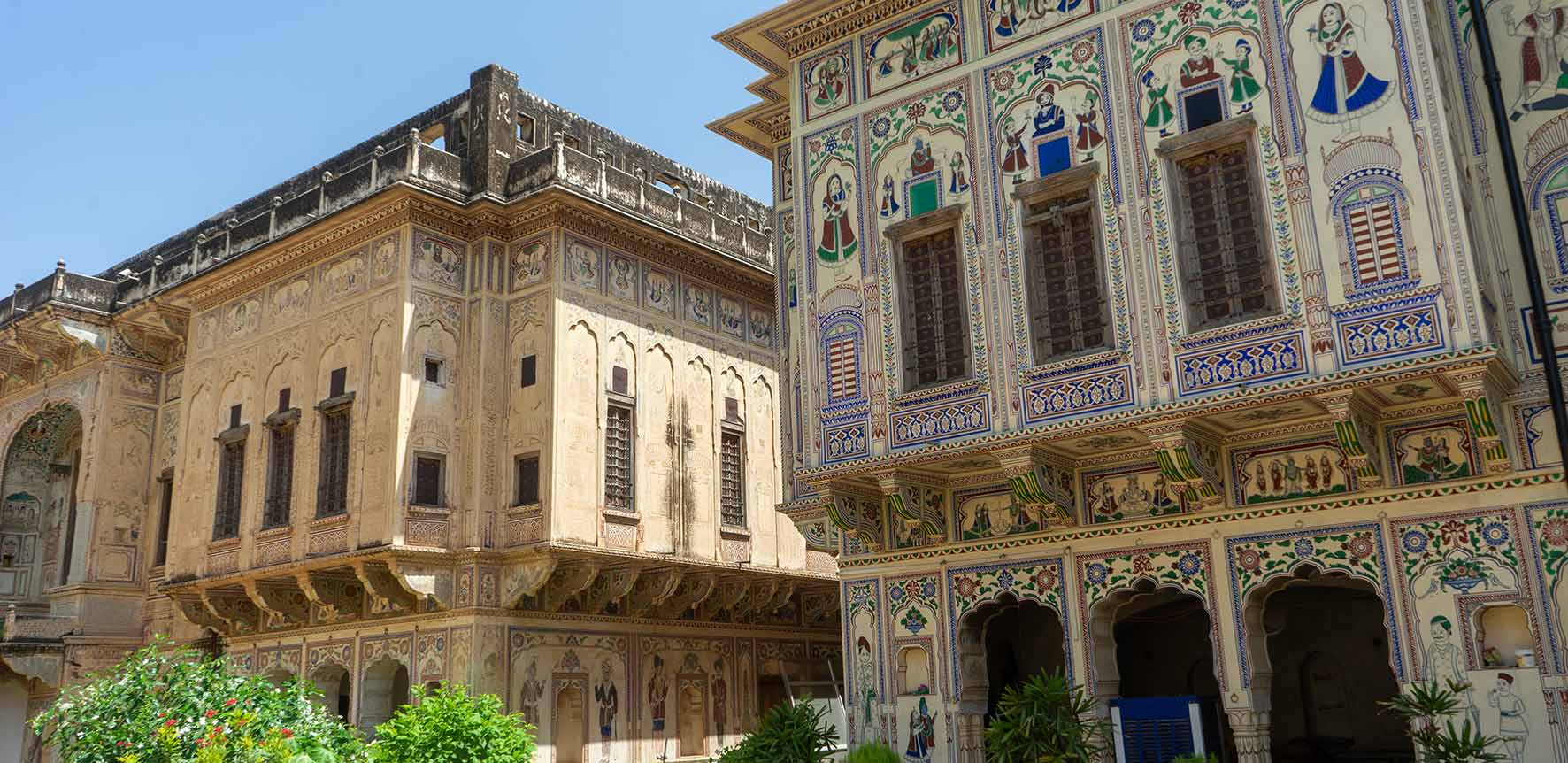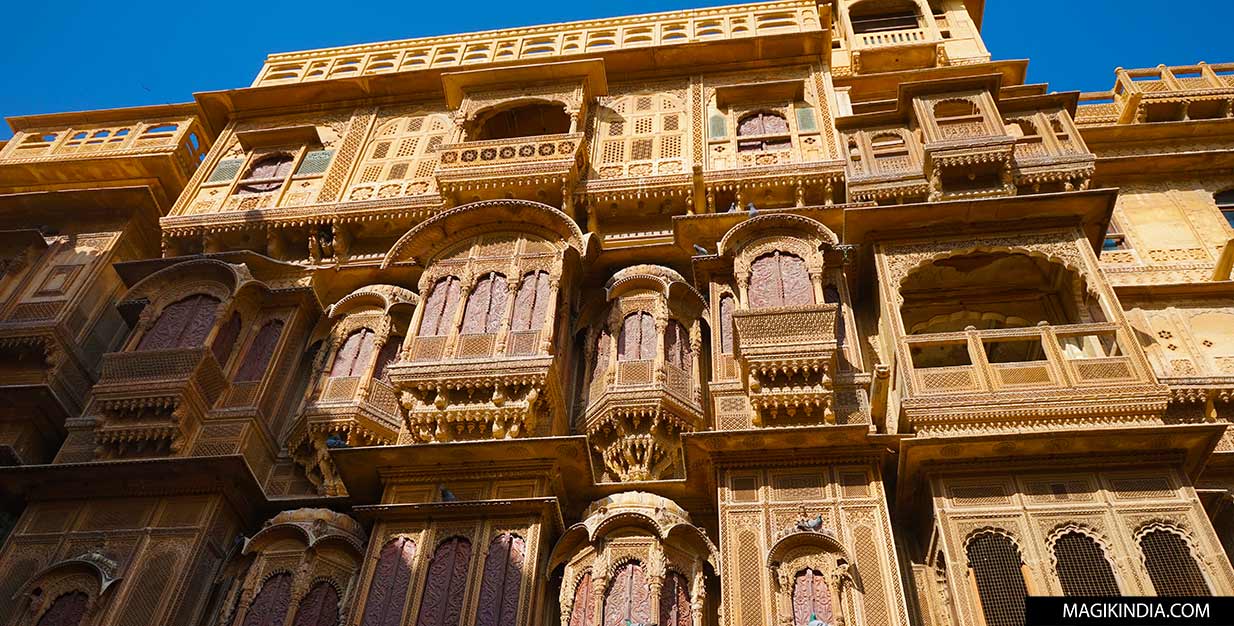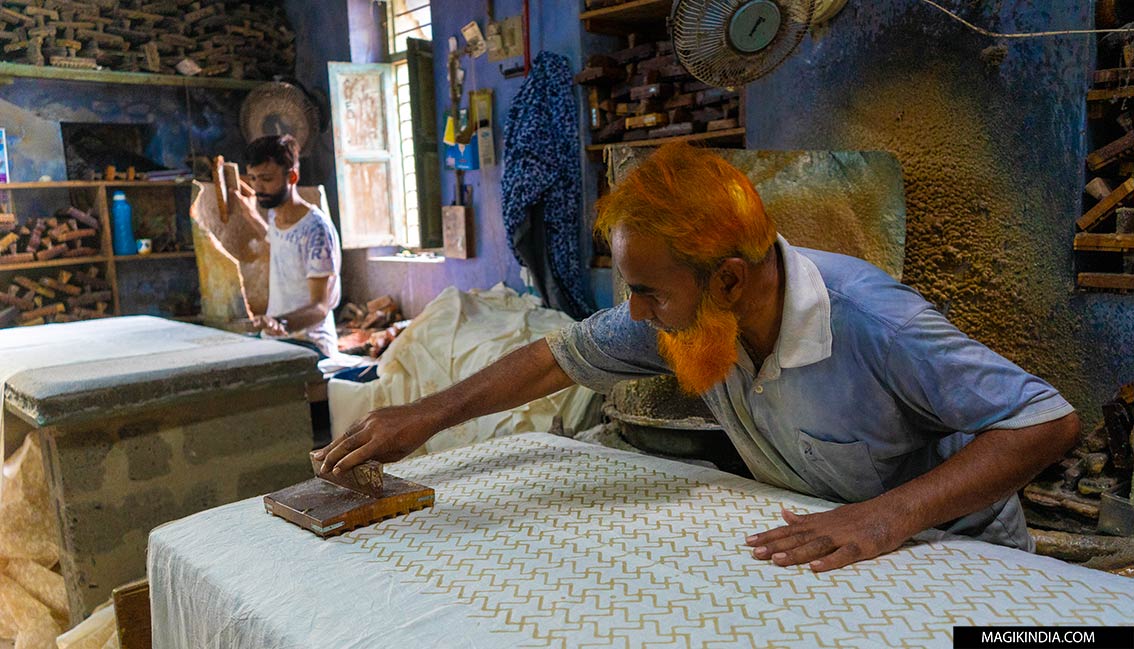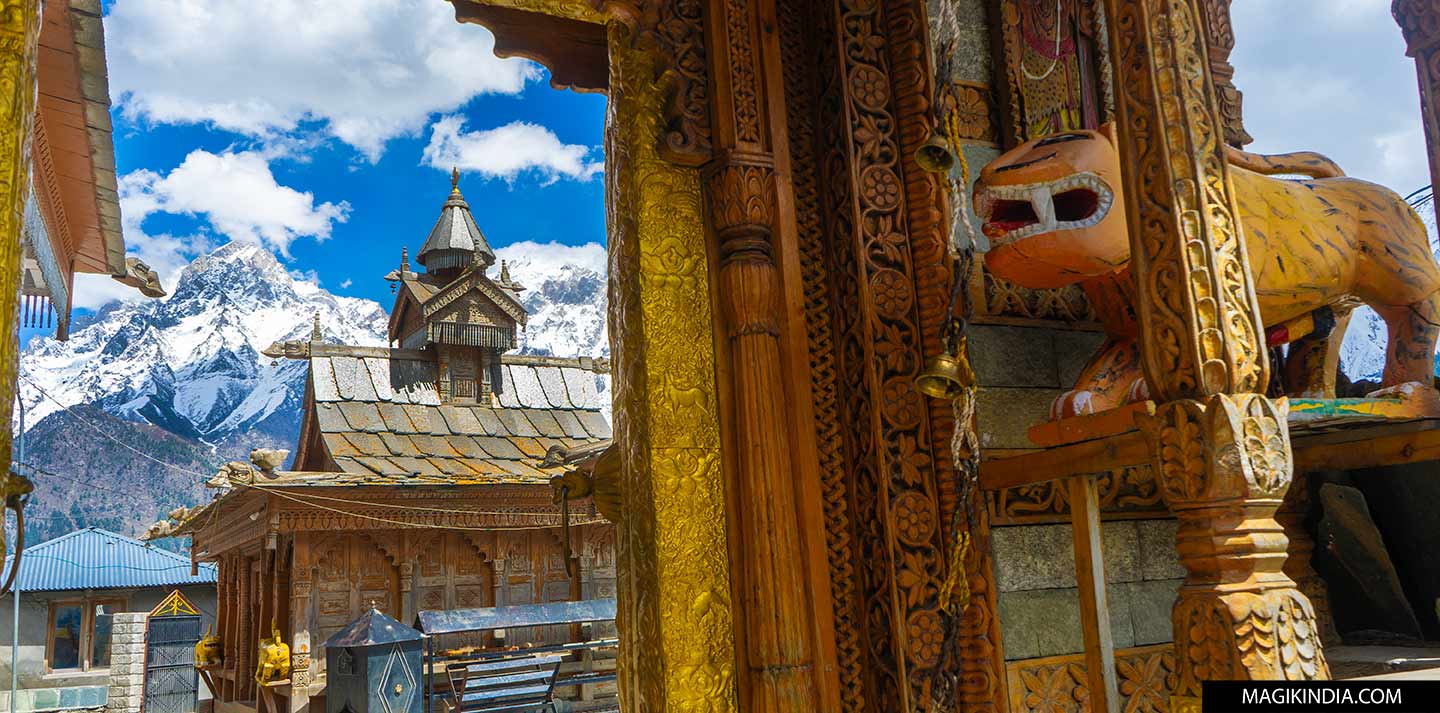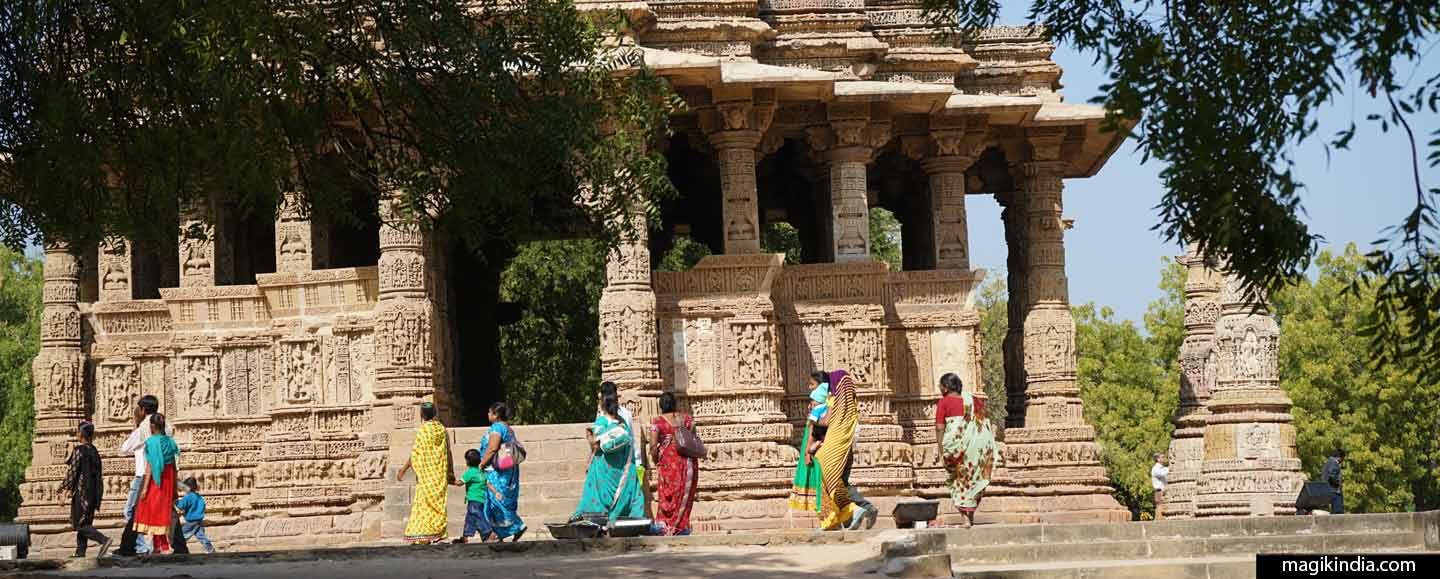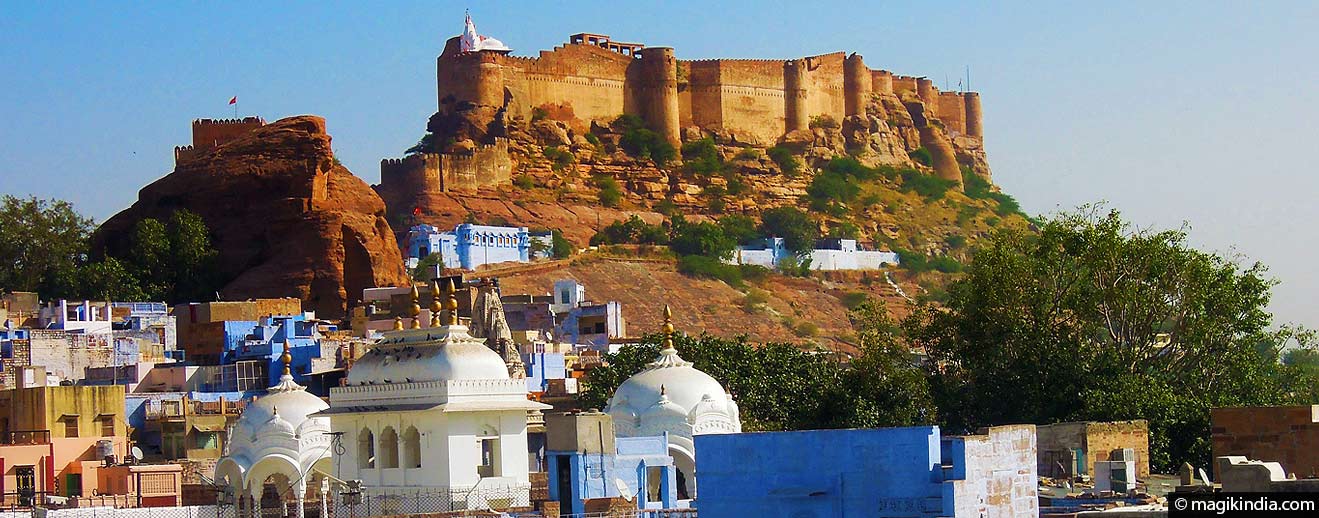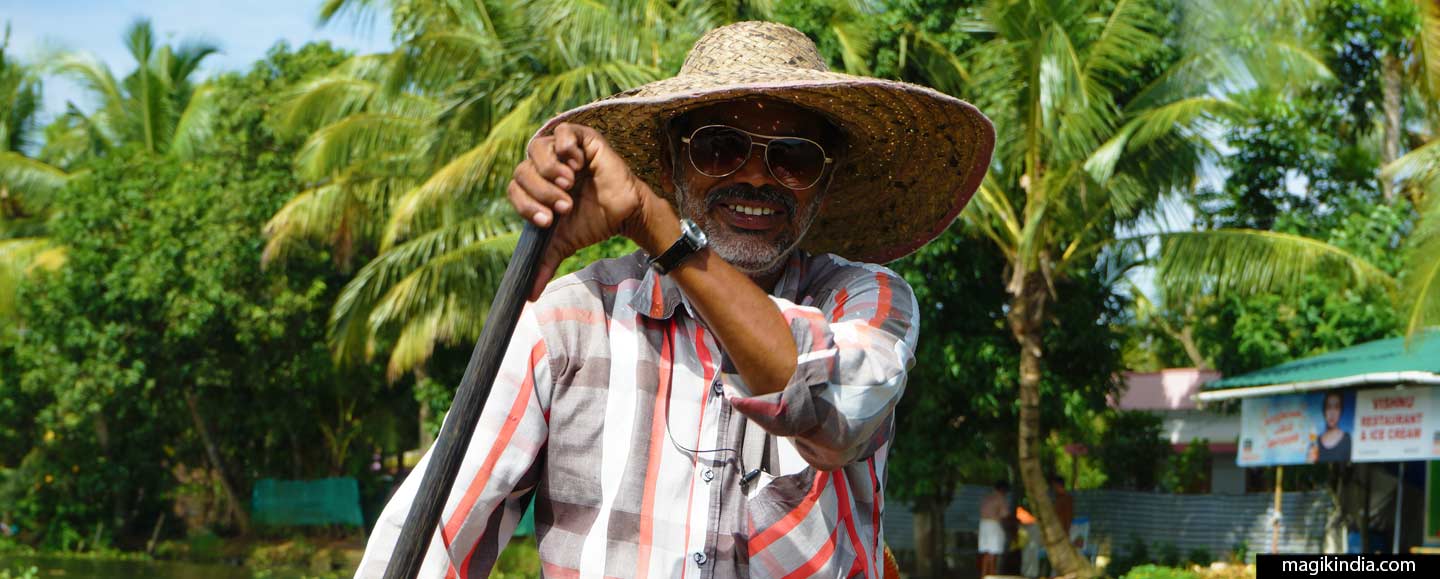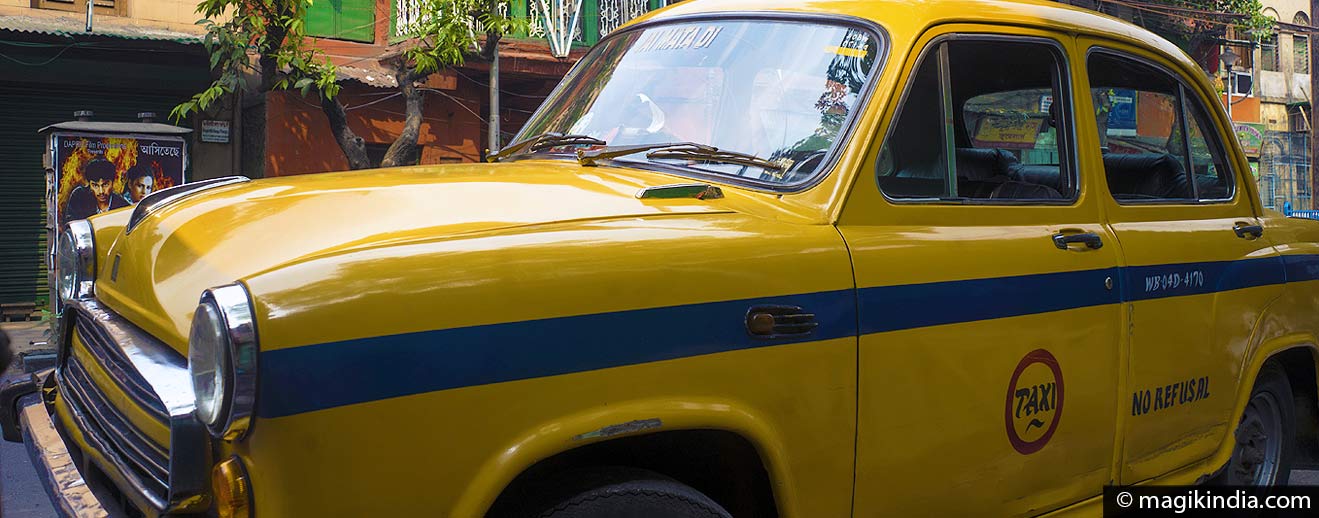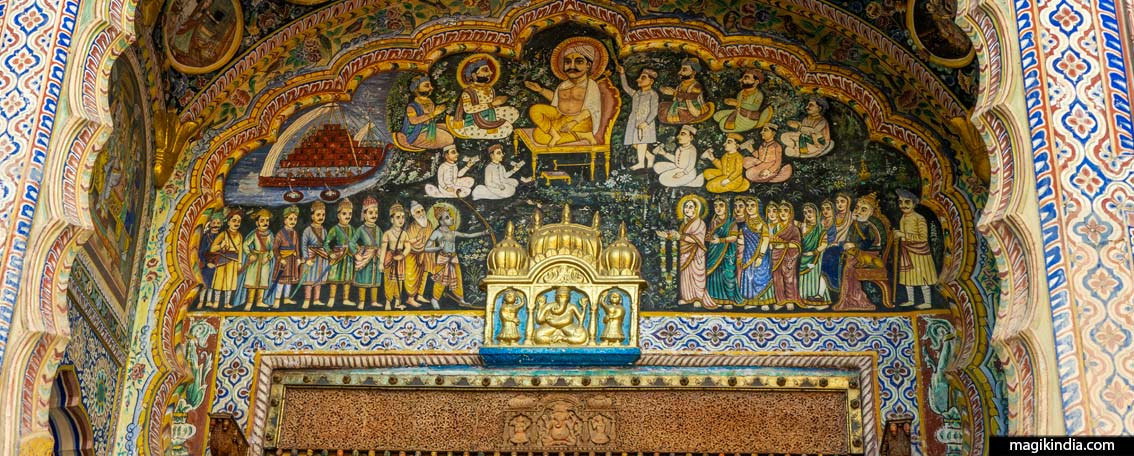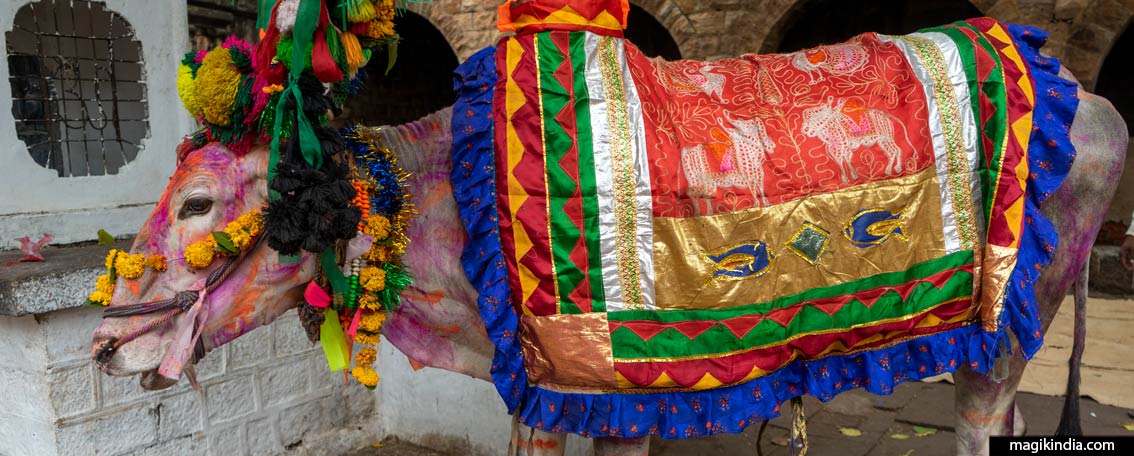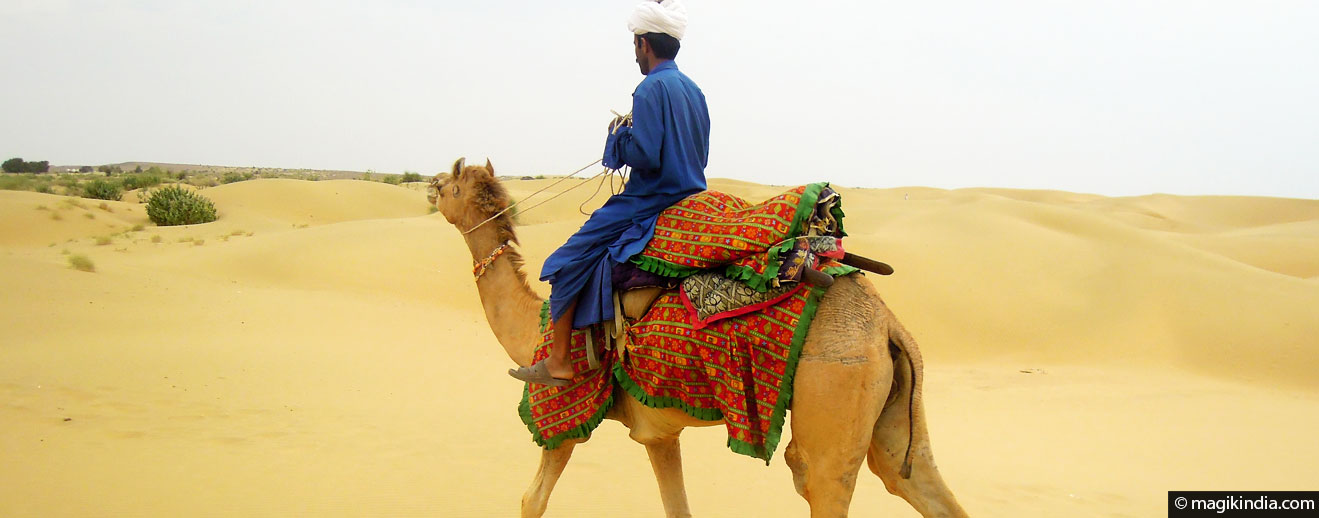
Namaskaram !
Welcome, Padharo ! I'm Mathini, a French woman who has been living in Rajasthan for 10 years. Despite being imbued with Indian culture from a young age it wasn't until 2014 that my Indian adventure really began. I left everything behind in France and set off on a 6-year journey through the land of Gandhi. These adventures are gathered in this blog which aspires, in an intentionally positive spirit, to bear witness to India's remarkably diverse and multifaceted cultural heritage. If this website sparks a desire to pack your bags and set off for an Indian adventure, it will have achieved its purpose. Subh Yatra on Magik India and beautiful explorations in the sacred land of Bharat...
Gujarat is a state in northwest India. On the north side it shares a border with Pakistan. Although not yet very popular with tourists, the region is not without attractions. There are pilgrimage centres like Palitana, Dwarka, Somnath, Siddhpur and Mount Girnar; there are archaeological sites at Champaner and Patan; and there is the Rann of Kutch, a unique and fascinating salt desert. The Forest of Gir in Gujarat is home to the last surviving Asian lions.
Overlooked by its imposing fort (called “the magnificent”), the blue city makes the most of its heritage with a number of top rank cultural festivals. The stunning landscapes of the Thar desert all around and the busy streets of the colourful old town will bring you back to Jodhpur again and again.
Kerala in the far southwest of India is the unchallenged champion of laidback lifestyle. It is no accident that it’s called “God’s own land”, and it knows how to charm its guests. You’ll be captivated by its luxuriant landscapes, lagoons, dream beaches and relaxed, smiling population. Here the sometimes frenetic pace of Indian life slows down and you’re drawn into an atmosphere of calm zenitude.
Everyone arriving in Kolkata for the first time totes a bagful of preconceptions, mostly from books or films such as City of Joy. It’s true that, like all of India’s megacities, it has its less attractive sides. But once tamed it reveals an atmosphere that’s all its own. To appreciate its charm, take a stroll around Chowringhee and Market Street or share a moment of adda with local people. The home town of Rabindranath Tagore will surprise you.
Organised tours often bypass the Shekhawati region in northwest Rajasthan, yet in the 18th and 19th centuries it was one of Rajasthan’s richest regions. Wealthy Marwari merchants built huge mansions there, decorated inside and out with sumptuous frescoes in which Hindu mythology mingles with scenes from daily life. These masterpieces have earned the region a reputation as Rajasthan’s open-air art gallery.
Pongal is the harvest festival, held in mid-January each year in thanksgiving to nature, the sun, the rain and working animals. Agriculture is of immense importance in India, so the harvest is a major event. It is believed that this celebration brings wealth and prosperity.
Rajasthan state is in northwest India, on the Pakistan border. This is the India of picture postcards, very popular with tourists and wonderfully colourful, from the pink of Jaipur to the blue of Jodhpur and the gold of Jaisalmer. Bounded by the Thar Desert in the northwest and crossed by the Aravalli hills, this “land of kings” will leave you with sweet memories of romantic palaces, gipsy nights and waking among sand dunes with the first rays of the sun caressing your cheek.

